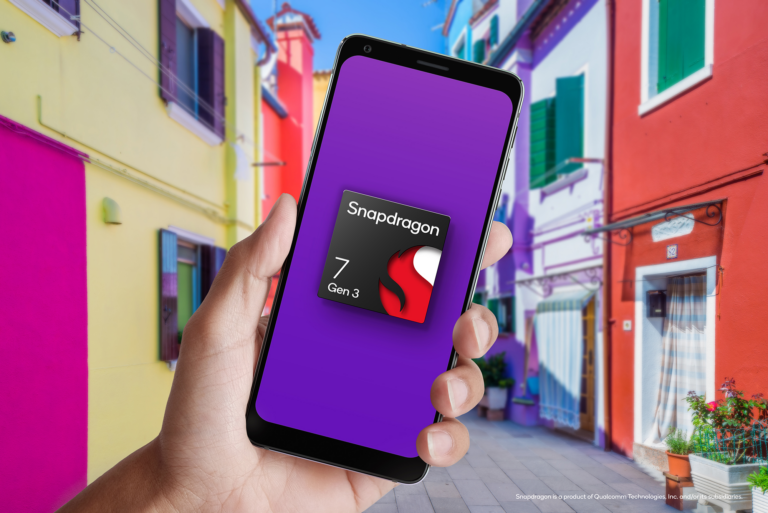What Is Ring Topology? Advantages and Disadvantages of Ring Topology

 Short Bytes: Do you know about Ring topology or a Ring network? Here, I’ll tell you the types of a Ring network, Token passing system in a ring network and what are the advantages and disadvantages of a ring topology over other network topology.
Short Bytes: Do you know about Ring topology or a Ring network? Here, I’ll tell you the types of a Ring network, Token passing system in a ring network and what are the advantages and disadvantages of a ring topology over other network topology.
What is a Ring Topology?
Ring topology, also known as Ring network, is a type of network topology where each node is exactly connected to two other nodes, forward and backward, thus forming a single continuous path for signal transmission.There are two types of the Ring Topology based on the data flow:
- Unidirectional and,
- Bidirectional
A Unidirectional ring topology handles data traffic in either clockwise or anticlockwise direction. This data network, thus, can also be called as a half-duplex network. A Unidirectional ring topology is thus easy to maintain compared to the bidirectional ring topology.
Ex: SONET network, SDH network etc.
A SONET/ SDH is a standardized network protocol that transfers data streams over optical fibers. Whereas, a bidirectional ring topology handles data traffic in both the direction and can be a full-duplex network.
Token Passing:
Token passing in a Ring Topology is often a term which is talked about. So, a token contains a piece of information which is sent along with data by the source computer. In easier terms, a token is like a permission packet which allows a particular node the permission to release information over the network.
A token is regularly passed from one node to another. And if a node has some information to pass on the network, the node releases the information. If the node does not have any data to release on the network, then it transfers the token to the next node.
The nodes with token are the ones only allowed to send data. Other nodes have to wait for an empty token to reach them.
Advantages of Ring topology:
- Reduced chances of data collision as each node release a data packet after receiving the token.
- Token passing makes ring topology perform better than bus topology under heavy traffic
- No need of server to control connectivity among the nodes
- Equal access to the resources
Disadvantages of Ring topology:
- In Unidirectional Ring, a data packet must pass through all the nodes.
Ex: Let’s say A, B, C, D, and E are a part of the ring network. The data flow is from A towards B and henceforth. In this condition, if E wants to send a packet to D, the packet must traverse the entire network to reach D.
- Single point of failure, that means if a node goes down entire network goes down.
Previous: Bus Topology Explained
Next: Mesh Topology Explained






